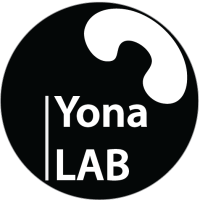Citation:
Date Published:
JunAbstract:
The inflammatory response is a protective process of the body to counteract xenobiotic penetration and injury, although in disease this response can become deregulated. There are endogenous biochemical pathways that operate in the host to keep inflammation under control. Here we demonstrate that the counterregulator annexin 1 (AnxA1) is critical for controlling experimental endotoxemia. Lipopolysaccharide (LPS) markedly activated the AnxA1 gene in epithelial cells, neutrophils, and peritoneal, mesenteric, and alveolar macrophages--cell types known to function in experimental endotoxemia. Administration of LPS to AnxA1-deficient mice produced a toxic response characterized by organ injury and lethality within 48 hours, a phenotype rescued by exogenous application of low doses of the protein. In the absence of AnxA1, LPS generated a deregulated cellular and cytokine response with a marked degree of leukocyte adhesion in the microcirculation. Analysis of LPS receptor expression in AnxA1-null macrophages indicated an aberrant expression of Toll-like receptor 4. In conclusion, this study has detailed cellular and biochemical alterations associated with AnxA1 gene deletion and highlighted the impact of this protective circuit for the correct functioning of the homeostatic response to sublethal doses of LPS.
Notes:
Damazo, Amilcar SYona, SimonD'Acquisto, FulvioFlower, Roderick JOliani, Sonia MPerretti, MauroengWellcome Trust/United KingdomResearch Support, Non-U.S. Gov'tAm J Pathol. 2005 Jun;166(6):1607-17. doi: 10.1016/S0002-9440(10)62471-6.


